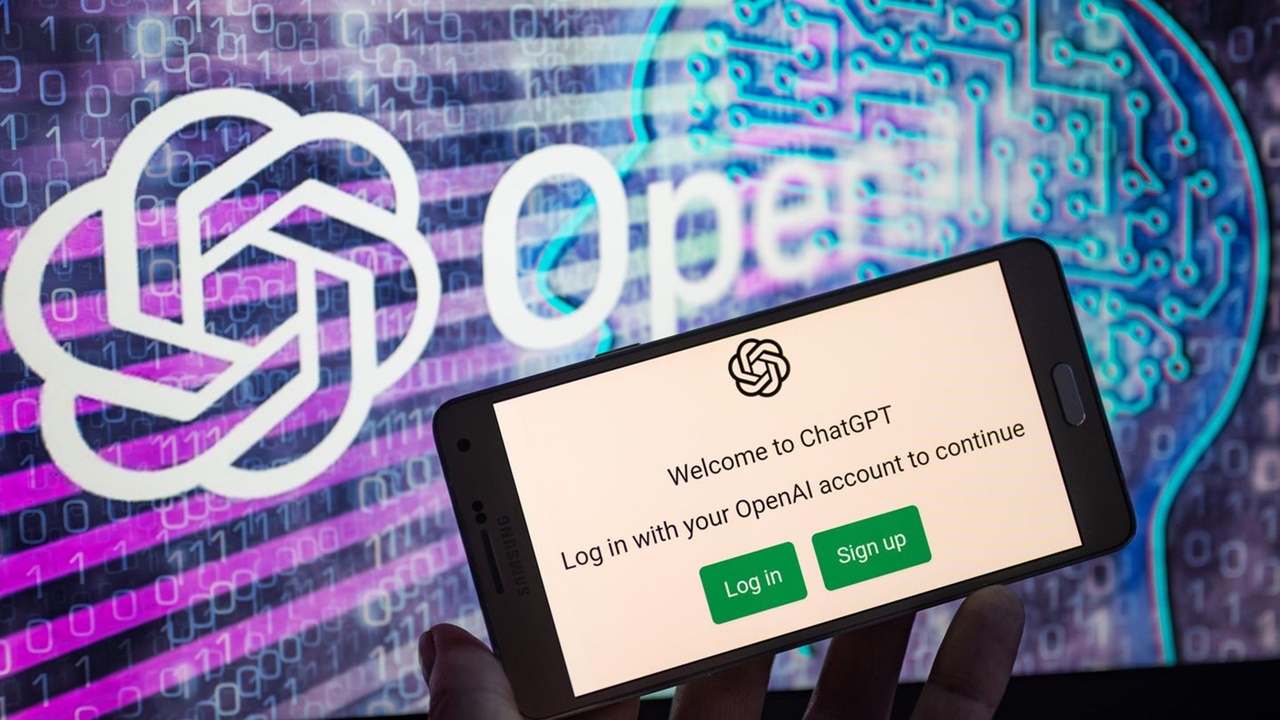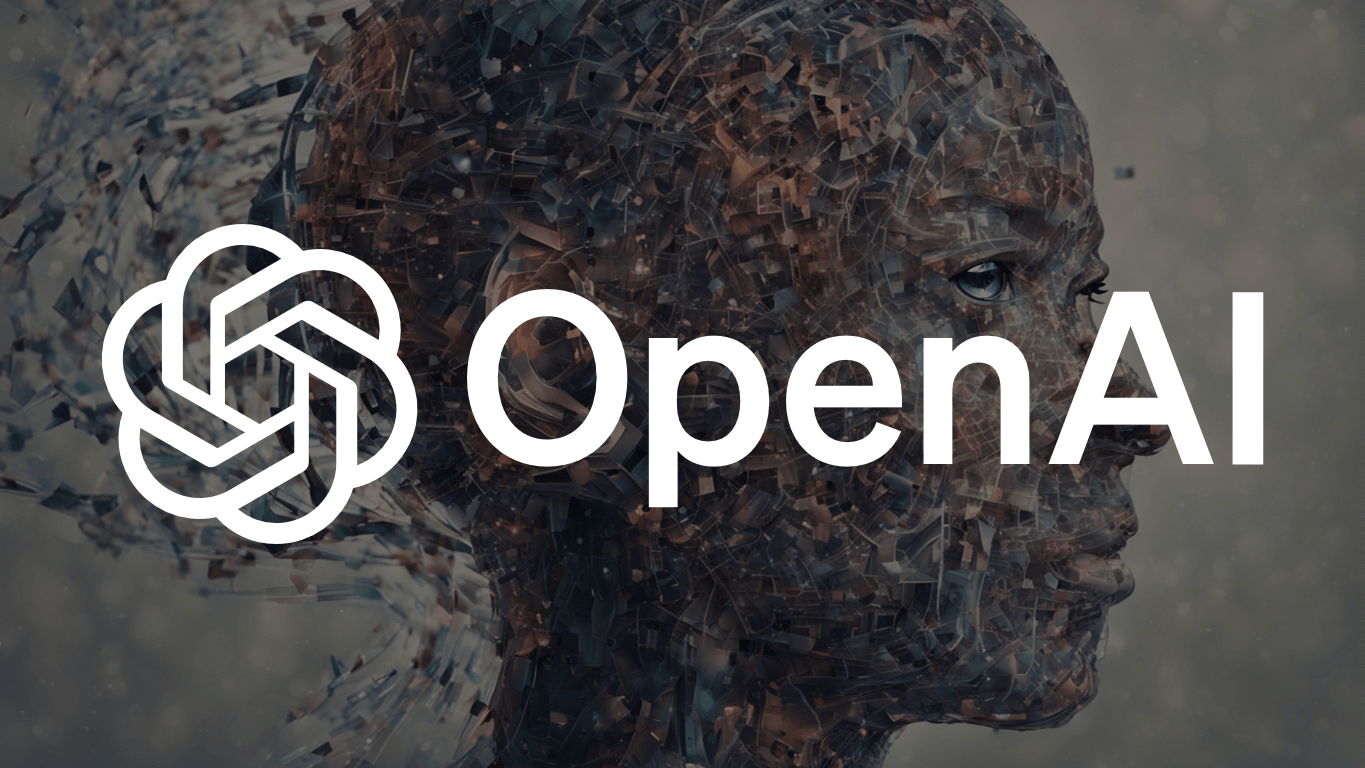OpenAI’s ChatGPT Pro Faces Financial Turmoil: The Hidden Costs Of AI Excellence
Sam Altman’s Revelation on ChatGPT Pro Losses Exposes the High-Stakes Economics of AI Innovation

Artificial intelligence powerhouse OpenAI has been in the headlines again, but this time for an unanticipated reason. Sam Altman, co-founder and CEO of OpenAI, recently disclosed that the company is losing money because of its premium service, ChatGPT Pro. The announcement, shared via a series of tweets, has left many wondering how a subscription-based service with a substantial price tag can result in financial losses for one of the most innovative tech companies in the world.
ChatGPT Pro: The Service Explained
ChatGPT Pro is priced at $200 per month, equivalent to ₹17,000 in India, a subscription plan recommended for power users, including professionals, businesses, and students. The service can offer more premium features and options, such as faster response, priority access, and even enriched creative tools, to make it a good bet for someone working, studying, or innovating mainly through AI.
This is well-suited to individuals and businesses that need persistent and uninterrupted access to powerful AI tools. For companies, it might also be required for academic purposes and research, such as those in customer service, content writing, or even just analytics. All this makes ChatGPT Pro very valuable at a premium fee.

The Surprising Revelation
This is a shock for some people. The department manager made various remarks in tweets, such as: “Crazy thing: we are losing money on OpenAI Pro subscriptions right now! People use it much more than we expected.” So now it becomes critical for us—why is it a losing concern despite the ever-increasing number of people using the product?
The best way to explain this paradox is by exploring the economics of operating an AI-based subscription service like ChatGPT Pro.
The Hidden Costs of AI
At the heart of OpenAI’s financial issues regarding ChatGPT Pro is the tremendous cost of offering the service. Large language models, like ChatGPT, require large computational power, storage, and energy. Every user interaction with the model is processed through servers handling huge amounts of data in real-time, equating to massive operational expenses.
Microsoft supports OpenAI by providing its services via cloud computing through the Azure Infrastructure, which it runs on. This permits OpenAI entry into cutting-edge computing, the cost of which is relatively astronomical. Some include:
- GPU and TPU Costs: In other words, a lot of GPUs and TPUs go into AI, and these machines are costly to acquire and maintain.
- Energy Consumption: Another expense is electricity, for which AI operation is quite expensive.
- Data Storage: OpenAI needs to manage millions of data; thus, storage becomes one more expense in terms of safekeeping.
- Maintenance and Scaling: As users grow, OpenAI must scale its infrastructure to handle increased demand, leading to higher costs.
Keeping an AI model reliable and working requires continuous upgradation and fine-tuning, which will involve monetary and human resources. Continuous efforts to keep ChatGPT Pro the most updated tool lead to additional expenditures on the company’s account.

Usage Beyond Expectations
Another factor that adds to the losses is the surprise usage level of OpenAI subscribers. The monthly charge of $200 may appear relatively high, but the frequency and intensity with which some use it exceed what had been expected. For instance, heavy users who rely on ChatGPT Pro for extensive, computationally demanding tasks can drive up costs disproportionately.
Altman’s admission that he set the price of the subscription plan underscores the complexity of pricing AI services. I chose the price and thought we would make some money,” he tweeted. Reality, though, has bitten harder in terms of operational costs.
The use cases among subscribers are diverse. Some subscribers require very basic functionalities, which could have a varied level of usage. Others may need advanced features and use those very extensively. This variability creates a huge cost gap and makes it impossible to make a proper estimation of costs for accurate pricing model design and formulation.
The Economics of AI Subscription Models
ChatGPT Pro is a good example of the financial struggles AI companies face. The accessibility-profitability conundrum for many industries is reflected in this: subscription-based models are the norm among tech firms but come with inherent risks, especially where high costs serve as the delivery cost for that service.
OpenAI must balance its ability to make the technology available to users and cover its operational costs. The competitive nature of AI makes matters worse since firms are constantly pressured to innovate and provide better services.
Moreover, the scaling factor of AI services enhances more challenges. With users subscribing, the demand for computational resources usually grows exponentially to often outstrip revenue growth. This imbalance, therefore, calls for innovative solutions that ensure financial sustainability.

Potential Solutions
In response to these financial pressures, OpenAI can pursue various means:
- Adjusting Pricing: The most obvious conclusion would be to raise the subscription fee by the cost of providing the service. The risk is alienating existing users and decreasing the accessibility of the service.
- Usage Caps: OpenAI might set a usage cap on the subscribers to control costs without significantly impacting user experience. A more practical way would be to provide tiered plans based on usage levels.
- Operational Efficiency: It might also reduce operational costs due to more efficient hardware and improved model performance in the long term.
- Expanding Revenue Streams: OpenAI could explore additional revenue streams, such as licensing its technology to businesses or offering specialized enterprise solutions.
- Dynamic Pricing Models: This would bring dynamic pricing models closer to cost and revenue balance, probably with usage or customization for unique user requirements.
The Bigger Picture
Despite the losses that come with ChatGPT Pro, OpenAI is the leading company in the AI industry. The company’s willingness to share its problems with the public clearly shows openness and innovation culture. It is also a complex example of monetizing cutting-edge technology in an ever-evolving field.
Therefore, OpenAI is a case study for most technology companies and will help these organizations understand their AI economics as more people incorporate artificial intelligence into everyday life. The long-term sustainability of this industry will, therefore, depend on successful business models that guarantee its sustainability.
Therefore, OpenAI presents another challenge in which new dimensions of AI’s influence are involved worldwide. When governments, businesses, and individuals begin using AI to achieve a vast range of purposes, the need for sustainability and equilibrium in the employment of AI increases.

Conclusion
Revealing the financial struggles OpenAI has with ChatGPT Pro, Sam Altman made his message very apparent about the issues of running a subscription-based AI service. While this company faces many prominent challenges, innovating and adapting opportunities exist. OpenAI will likely have learned from its current experience, shaped how AI is monetized, and caused other companies to face similar challenges in the industry.
OpenAI will be a model for the whole AI industry by tackling financial issues and developing new strategies to access cutting-edge technologies with sustainable financing. The road ahead will be long and difficult but full of opportunities and potential growth.




